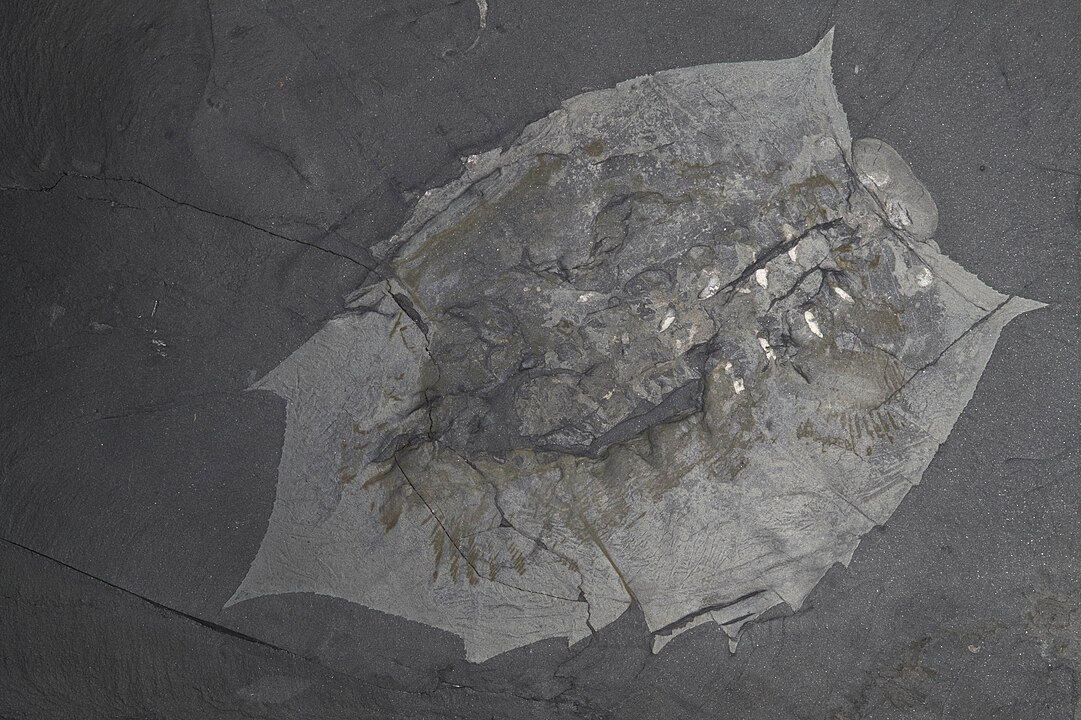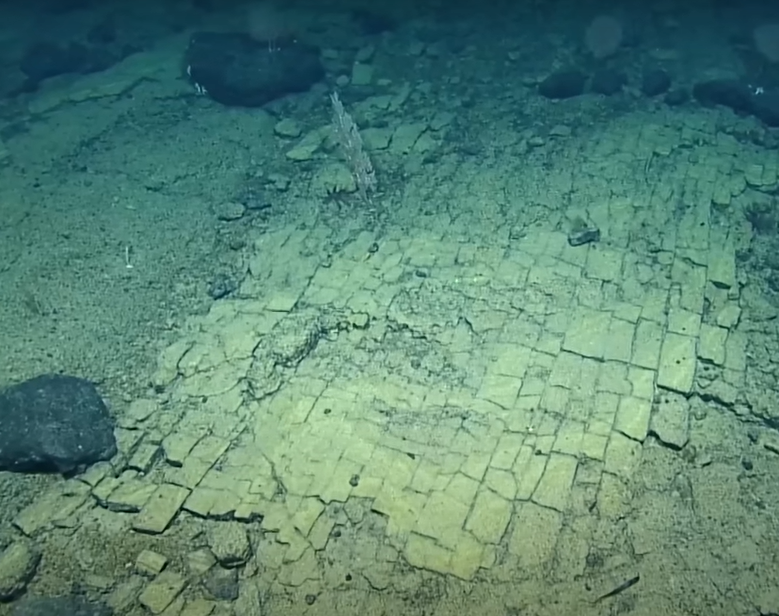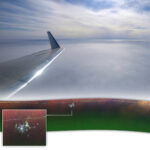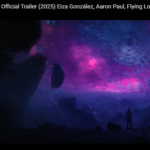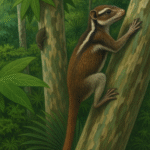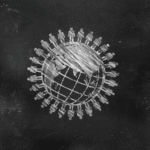A Mystery from the Cambrian Period Finally Unlocked
For over 100 years, the Cambrian-era arthropod Helmetia expansa, first discovered in 1918, baffled scientists. Initially labeled a crustacean, the species had never been formally described due to the limited availability of fossil evidence—until now.
In a new study published in the Journal of Systematic Palaeontology, researchers led by Sarah Losso from Harvard University have unveiled the most comprehensive understanding of this ancient creature. By examining 36 fossil specimens from the Burgess Shale in Canada, a site renowned for preserving even the soft tissues of marine animals, the team has pieced together the physical structure, growth, and behaviors of this long-misunderstood organism.
What the Fossils Revealed
The new analysis has led to several major discoveries about Helmetia:
- The species had a leaf-like exoskeleton, with preserved features like eyes, digestive systems, and limbs in some specimens.
- Earlier beliefs that Helmetia lacked legs and could only swim were corrected. The new fossils show broad gills and walking legs, indicating it likely walked similarly to trilobites.
- Researchers used wet and dry photography with polarizing filters to bring out hidden details and also compared these fossils to other related species from China and Greenland.
“This fossil had legs all along—we just never had the full picture.”
Unexpected Discovery: Molting Behavior Caught in Action
One of the most surprising finds was the discovery of molting behavior—a process where arthropods shed their outer shell to grow—which had never before been documented in this group, known as concilitergans.
- Two fossils were caught mid-molt, offering unprecedented insight into how this ancient species grew.
- The molting pattern suggested an anterior exit strategy—the animal emerged from the front of its body. This is similar to how modern horseshoe crabs molt, unlike other crabs that typically exit from the rear.
“Catching molting fossils is like finding a snapshot of evolution in progress.”
Growth Patterns and Evolutionary Placement
Helmetia showed a significant range in adult body size:
- The smallest was 92 mm, while the largest exceeded 180 mm.
- This variability provides key data on growth dynamics and environmental adaptation.
Additionally, the research helped classify Helmetia more precisely:
- Two major helmetiid groups were confirmed:
- Helmediidae: includes Helmetia expansa; noted for segment boundaries and side spines.
- Tegopeltidae: marked by segment fusion and absence of spines.
- Helmediidae: includes Helmetia expansa; noted for segment boundaries and side spines.
- A Greenland species, Arthroaspis bergstroemi, was also assigned to the concilitergan group, expanding the known diversity.
“This reshapes how we understand early arthropod evolution.”
Why This Matters
These discoveries don’t just bring closure to a long-standing biological riddle. They offer essential clues into how early marine life evolved, grew, and interacted with its environment over half a billion years ago.The study paves the way for more targeted research into concilitergans and early arthropods, offering a much clearer evolutionary roadmap than ever before.

